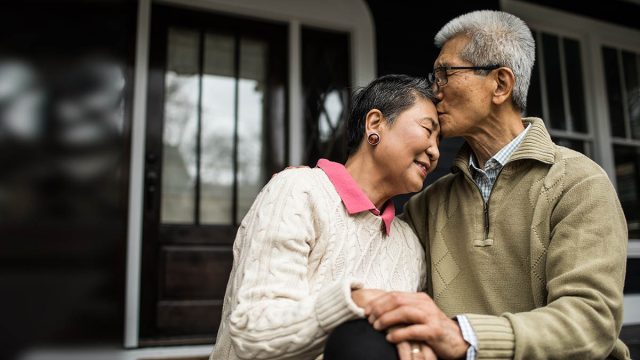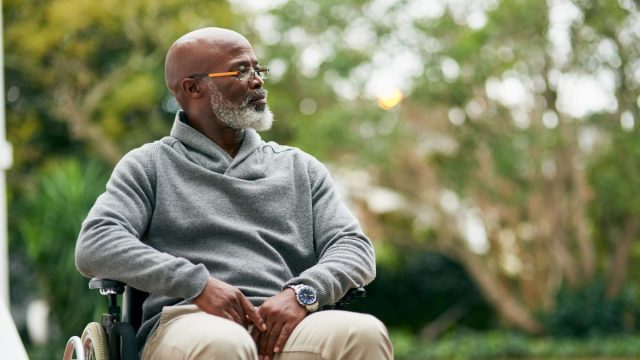Addressing the needs of rural communities
Acknowledgments
This article is the last in 2023 aligned with PAN’s four-part Health Equity in Action webinar series, presented in partnership with CVS Specialty.
Tremendous thanks and appreciation to Dr. Dara Richardson-Heron (she/her), physician, Fortune 100 leader, board director, patient advocate, and transformative change agent for moderating all four webinars in the series. Her work served as the inspiration and the foundation for this blog series. Dr. Dara set the stage by providing a definition of rural communities and an overview of some of the key health disparities facing people living in these communities. We are grateful for her pioneering ideas, emphasis on cultural humility, and sharing practical tools and tips to advance health equity in everyday practice.
We also extend our thanks to Gabriela Boscan (she/her), Senior Director of Program Services and Development at the National Rural Health Association, Michael Burson, MSW, LICSW, LCSW (he/him), Fargo Region DE&I Consultant with Sanford Health, Dr. Catherine Ipsen (she/her), Director of the Research & Training Center on Disability in Rural Communities (RTC:Rural), and Morgan O’Brien (she/her), Director of Community Relations with the Family Reach Foundation. During this final webinar, these expert panelists shared their wealth of knowledge and experience working within rural communities, which resulted in a dynamic, rich and informative discussion.
Health disparities facing people living in rural communities
The current landscape of healthcare in rural communities
According to the Health Resources & Services Administration (HRSA), a rural area is defined as having a population of less than 2,500 people. Given this definition, 97 percent of the land mass of the United States is considered rural but only 20 percent of people living in the U.S. reside in a rural community, according to the U.S. Census Bureau.
So, what does healthcare look like in rural communities? According to the U.S. Centers for Disease Control and Prevention (CDC), people living in rural communities are more likely than their urban counterparts to die from heart disease, cancer, unintentional injury, chronic upper respiratory disease, and stroke. And the National Institute for Healthcare Management estimates that only 12 percent of all physicians in the United States practice in a rural community. These, and other statistics, point to grave health disparities facing people living in rural areas.
People living in rural communities face a number of risk factors and barriers when it comes to their health, including but not limited to:
- Distance to care due to lack of providers and hospitals
- Lack of reliable transportation
- Infrastructure issues around access to broadband internet for telehealth services
- Bias and discrimination within the healthcare setting
- Inability to take off work or afford childcare to attend medical appointments
The role of healthcare professionals in addressing issues impacting rural communities
Now that we understand some of the challenges facing people living in rural communities, let’s explore how healthcare professionals help address these issues and help improve healthcare outcomes for this patient population.
One of the key pieces of advice is to work in partnership with rural communities, rather than helicoptering in to try to fix things. Listen, learn, and partner with groups that are already on the ground doing the work. Building trust is paramount and takes time, especially as many people living in rural communities feel forgotten or left behind.
In addition, it’s critical that we understand that rural communities are comprised of diverse people with intersectional identities, based on culture, gender, language, race, religion, etc. Too often, rural communities are viewed as monolithic, when, in fact, a rural community in New Mexico may have completely different needs from a rural community in South Dakota. Having this awareness and understanding is critical to ensuring you’re meeting the needs of the patients who see you.
3 tips for addressing the needs of rural communities
#1: Partner with community leaders and organizations to build trust with patients
To build trust with patients from rural areas, it’s imperative to partner with community leaders and organizations that are already established and embedded within these communities. These community leaders and organizations understand the unique needs and experiences of those from the community and have built-in trust that can be leveraged and enhanced.
#2: Listen to and learn from those living in rural communities directly
It’s important not to make assumptions about people living in rural communities. The best way to get to know them and their needs is to listen to and learn from them directly—engaging in two-way conversations and honoring their lived experiences. Whether it’s through listening sessions, online or hardcopy surveys, or one-on-one conversations, taking the time to hear directly from patients in rural communities will increase your understanding and ability to serve them.
#3: Build local collaborative partnerships to meet the specific needs of the rural patient community
Building more formal collaborative partnerships at the local level within rural communities is another way to meet the needs of the rural patient population. Through these collaborative partnerships, organizations can share resources, such as finances, knowledge, and people, while working towards the common goal of better healthcare for people living in rural areas. These collaborative partnerships could be among healthcare provider organizations, nonprofit organizations, government agencies, and beyond.
Moving forward on the path towards equity
If we want to improve healthcare access, affordability, and equity for all, we must consider how we address the disparities facing people living in rural communities. As our webinar speakers highlighted, we can’t assume that what works in an urban setting will work in a rural setting, because they have different needs when it comes to their care.
By partnering with community leaders and organizations, listening to and learning from those living in rural communities, and building local collaborative partnerships, we can begin addressing the needs of rural communities and take steps towards reducing the health disparities faced by these patients.



